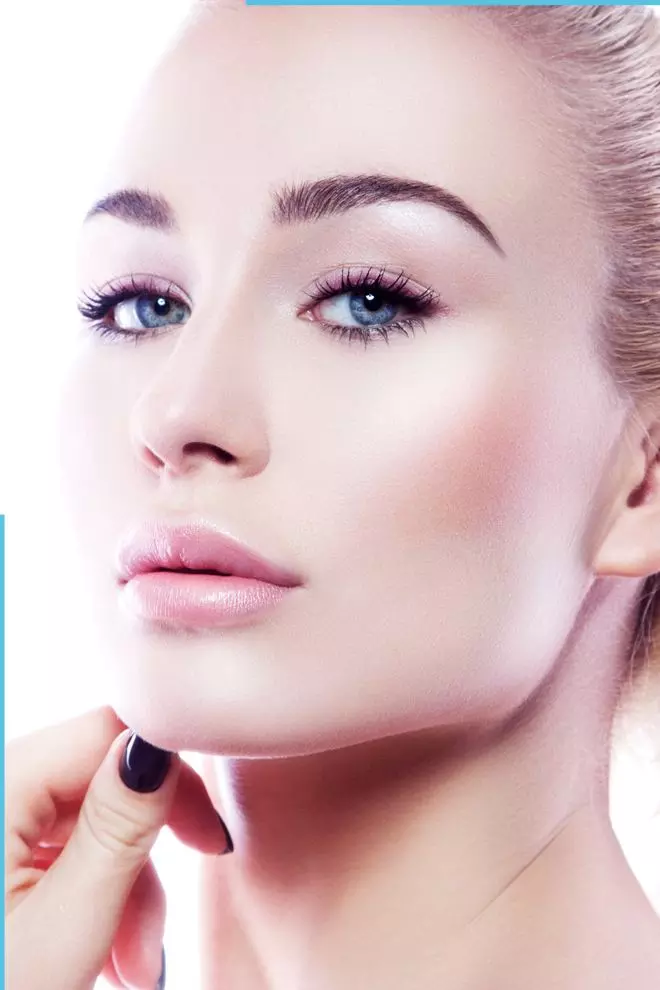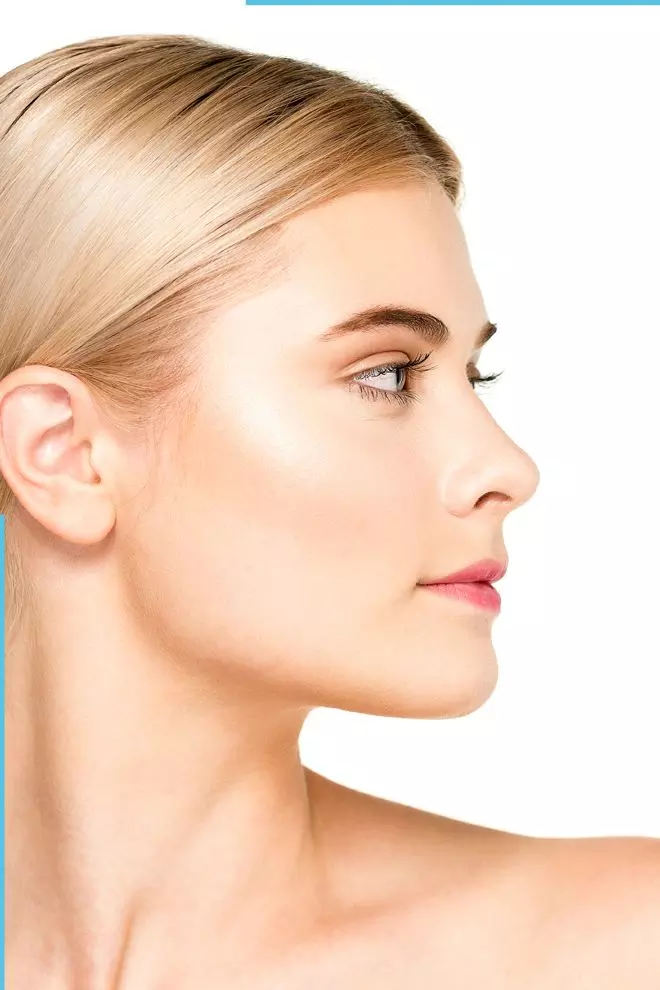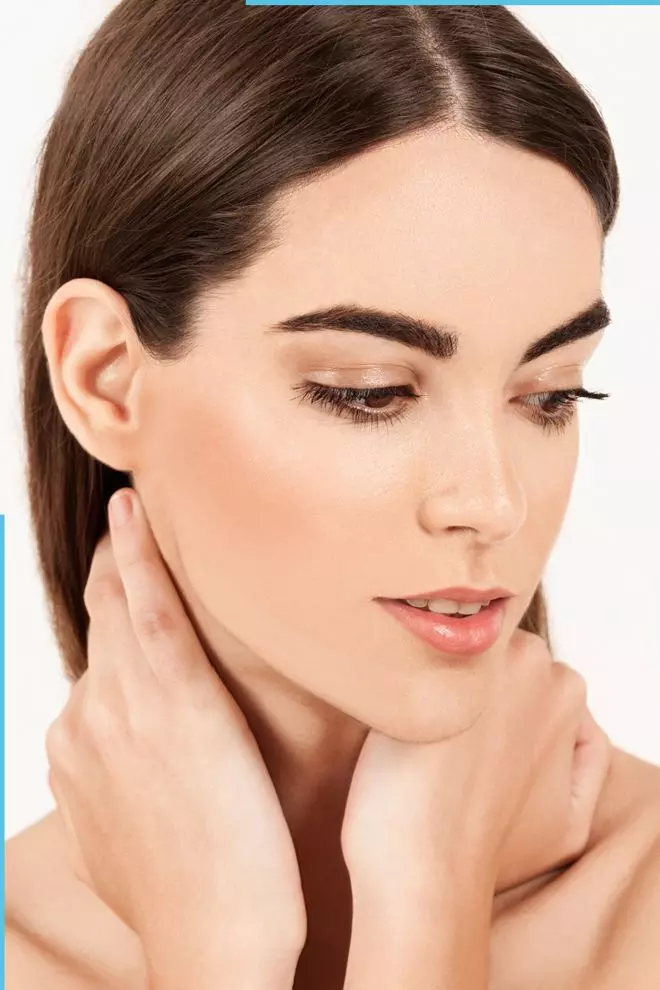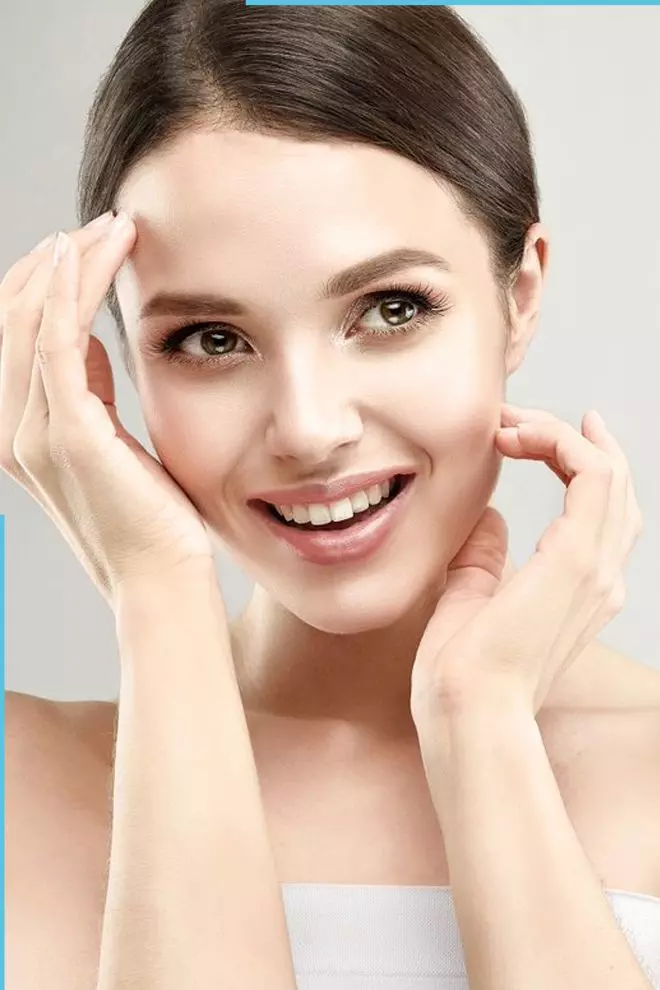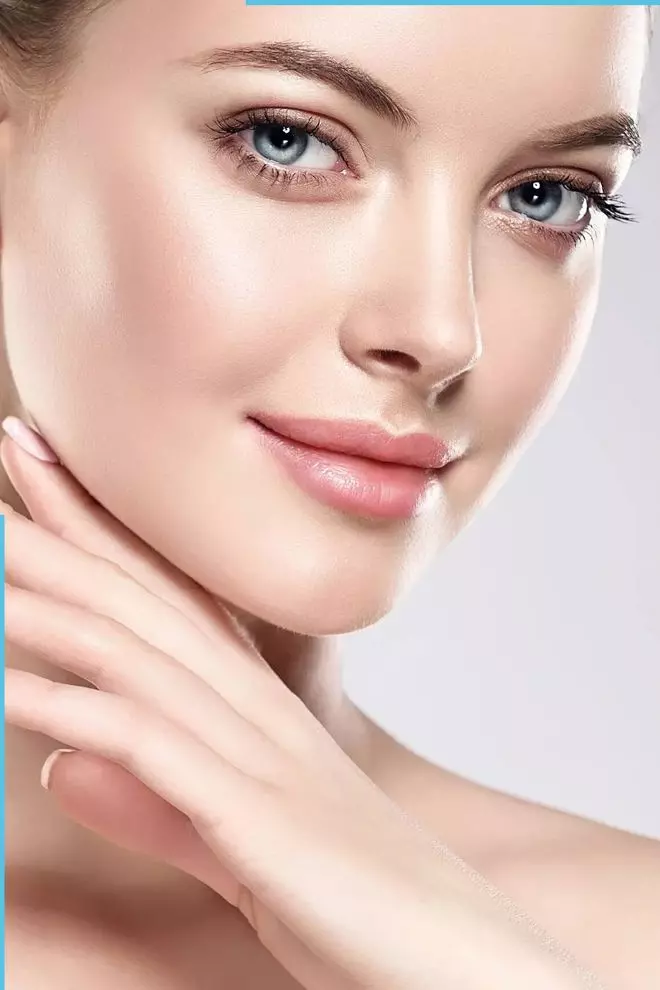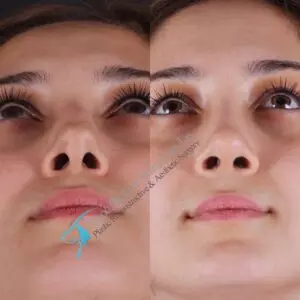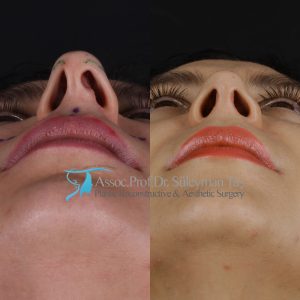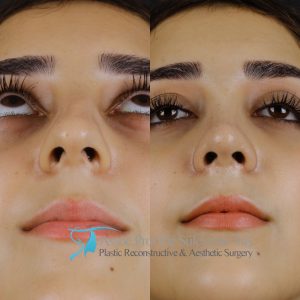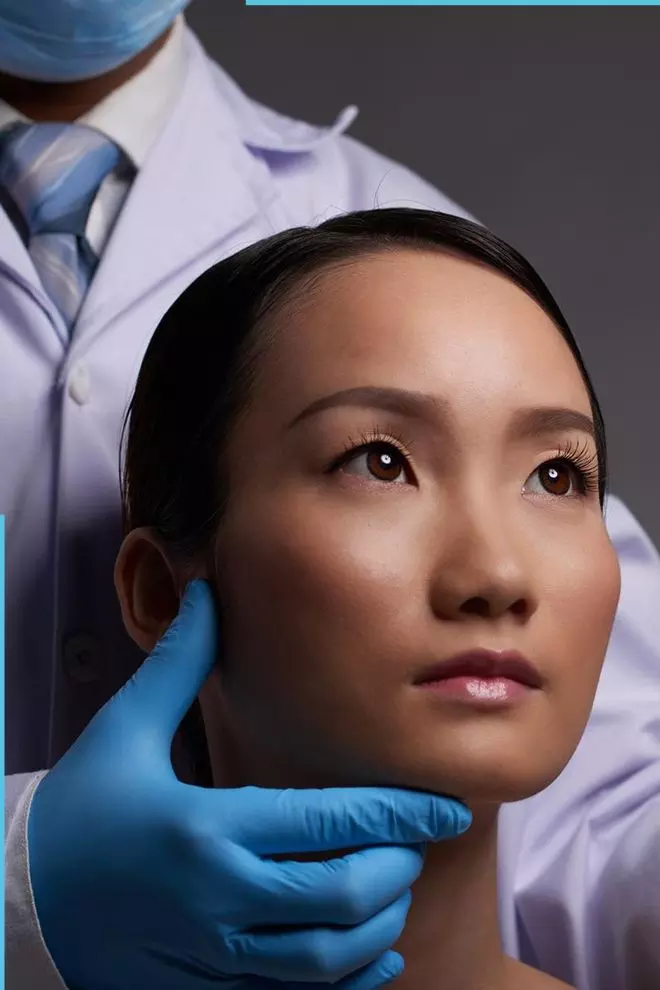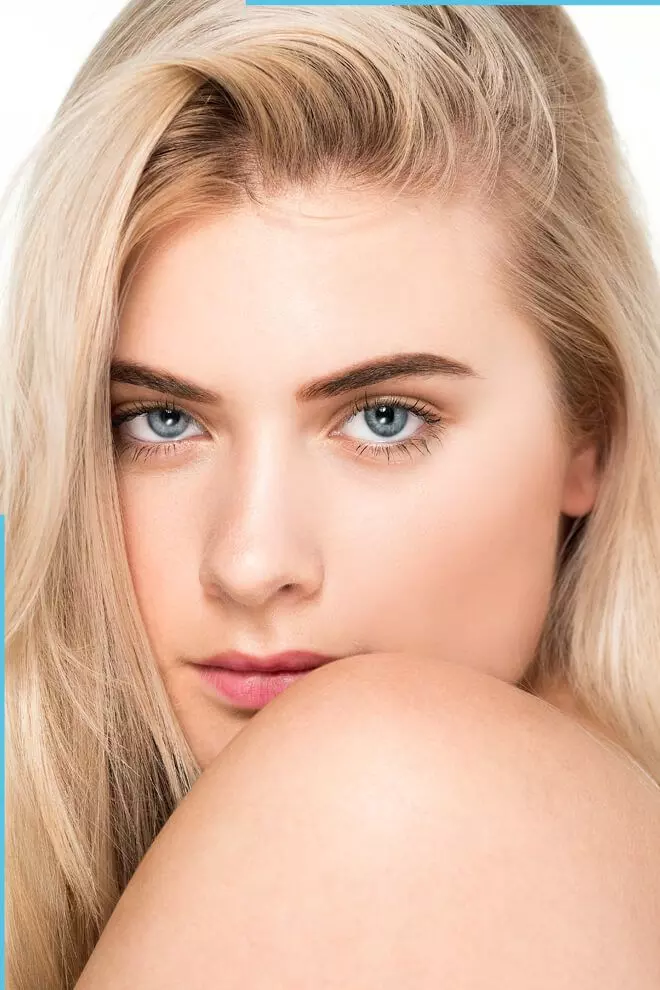
The Reasons of The Nasal Malformation
Nose aesthetics is one of the most preferred surgeries among aesthetic surgeries. Millions of people all over the world every year have their rhinoplasty done because of the various reasons. The main reasons are either genetic or acquired nasal malformation. Generally people are wondering the reasons causing acquired nose deformities which we are going to explain on this weeks blog prepared by Assoc.Prof.Dr.Suleyman TAŞ. All details you have been wondering about the reasons of the nasal deformities, symptoms and treatment you can find in our detailed paper. Hope it will be useful for you and please enjoy reading it.
What is the nasal malformation?
Nasal malformation is the general name given for the disinformation caused by the genetics or took place consequently to the injuries, traumas or the illnesses independent from the genetics. It is a physical problem that may cause aesthetical and functional issues.
The reasons of the nasal malformation
After giving the description of the nasal malformation we can go on counting the reasons causing the nasal deformities.
1) Hormonal disorder
One of the main reasons causing nasal deformity is the hormonal disorder. Because of the hormonal and genetic disorder there might take place deformities in the skin, bone or the cartilage tissues of a nose. This situation may cause the nasal malformation. Especially in the adolescence period correspondingly to the changes happen in the body a nose starts to change as well. By the end of the puberty cartilage wideness, nasal bone disfigures, intranasal malformation caused by the hormonal disorder might become permanent. We can say that two main reasons causing nasal malformation are genetics and hormonal disorders.
2) Traumas and injuries
Cartilage tissues present in the nasal structure may be disfigured by the traumas or severe injuries which can be permanent. Especially the injuries received in the adolescence period may cause the nasal malformation on a still growing facial features.
3) Skin diseases
On the places close to the nose may occur tumours. For instance, the tumours formed on the skin consequently to the skin canser may become more visible on a nose by the time. Therefore, causing nasal deformities and malformation in a long term.
4) Chronic medication usage requirement
Since intranasal structures are affected by the liquid medication regularly used inside the nose it may cause different types of intranasal malformation. The medication which is useful in a short term may change the cartilage structures in a long term. These kind of medications may dissolve and disgfigure the nasal structures. On the other, hand regularly taken drugs like cocain may cause deformities in a long term.
Symptoms of the nasal malformation
Here are the symptoms of the nasal malformation
- Crookedness of a nose
- Tip droopiness
- Breathing issues and snoring
- A dorsal hump formation
- Uneven nostrils
If you have these kind of complaints and symptoms you might have a nasal deformity. You can consider a surgery to fix your nose functionally and aesthetically. Your plastic surgeon will need to have an x-ray and physically examine your nose. After that, your plastic surgeon will share the results and discuss the appropriate surgical plan with you.
This is the end of this week’s blog prepared by Assoc.Prof.Dr.Suleyman TAŞ about the nasal malformation. If you have any questions regarding these surgeries please contact us via +90 543 456 3693 phone number. We wish you healthy and joyful week.


